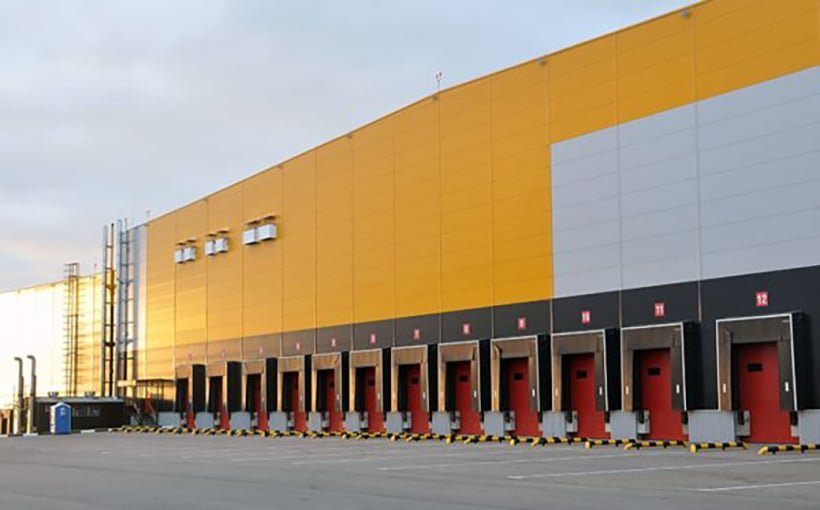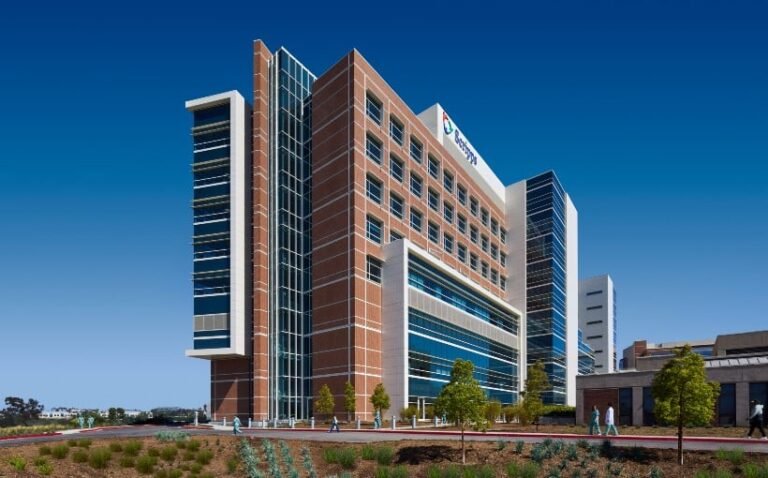

These days, commercial real estate is beset by bucketloads of uncertainty. Tariff whiplash, economic volatility, and confusion about the Federal Reserve’s interest rates are taking their toll on various sectors.
But the industrial sector appears to be weathering the storm, at least according to Q1 2025 reports. In the midst of the current instability, “The U.S. economy continues to absorb a healthy amount of industrial space,” said Cushman & Wakefield’s United States Industrial MarketBeat.
CBRE’s U.S. Industrial Figures report agreed, noting that the industrial market had “solid leasing activity, a small increase in overall vacancy, and modestly positive net absorption in Q1.” However, the caveat was that net absorption was low, “as a growing number of occupiers consolidated out of older facilities,” the CBRE analysts said.

The reports also outlined the decline in new supply, with Colliers U.S. Industrial Market Statistics indicating that deliveries hit their lowest total since Q1 2019. The JLL Industrial Market Dynamics report echoed the sentiment, pointing out that “the development pipeline contracted to its lowest point in 2015.” At the same time, Lee & Associates Industrial Market Report pointed out that the sector is at the end of record development numbers that “has resulted in an oversupply of space and the lowest rent growth in years.”
When discussing the outlook, all five reports highlighted one word: Tariffs. Lee & Associates analysts forecast that trade wars and tariffs could dampen net absorption, while “increasing the likelihood that retailers will be hesitant to expand distribution networks until the threat of additional trade barriers dissipates.”
Adding to that thought, CBRE analysts pointed out that industrial tenants are taking a wait-and-see approach when deciding on real estate strategies. “The imposition of widespread tariffs on imports likely will have a significant impact on market activity, especially if increased costs are passed on to consumers,” the analysts added.
Cushman & Wakefield experts also noted that some industrial tenants and manufacturers will attempt to reduce tariff costs by “diversifying supply chains and sourcing parts and goods from countries that have lower tariff rates.”
Meanwhile, a decrease in consumer confidence and less spending could negatively impact industrial space demand. Said the JLL analysts: “Businesses are likely to reassess their operational needs and adjust their real estate strategies to align with the evolving economic landscape.”
On the other hand, new starts could shrink due to material costs and uncertain tenant demand. The smaller pipeline could “help preserve occupancy at existing industrial assets,” the Cushman & Wakefield analysts pointed out.
The post Q1 Industrial: Resillience, Despite Uncertain Economics appeared first on Connect CRE.


